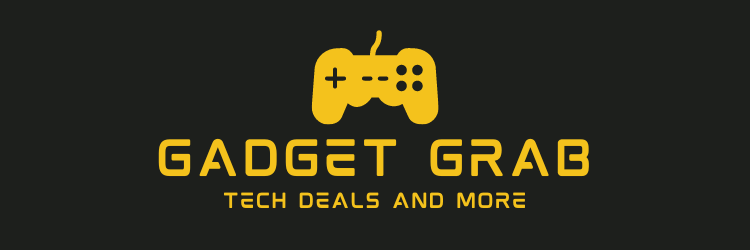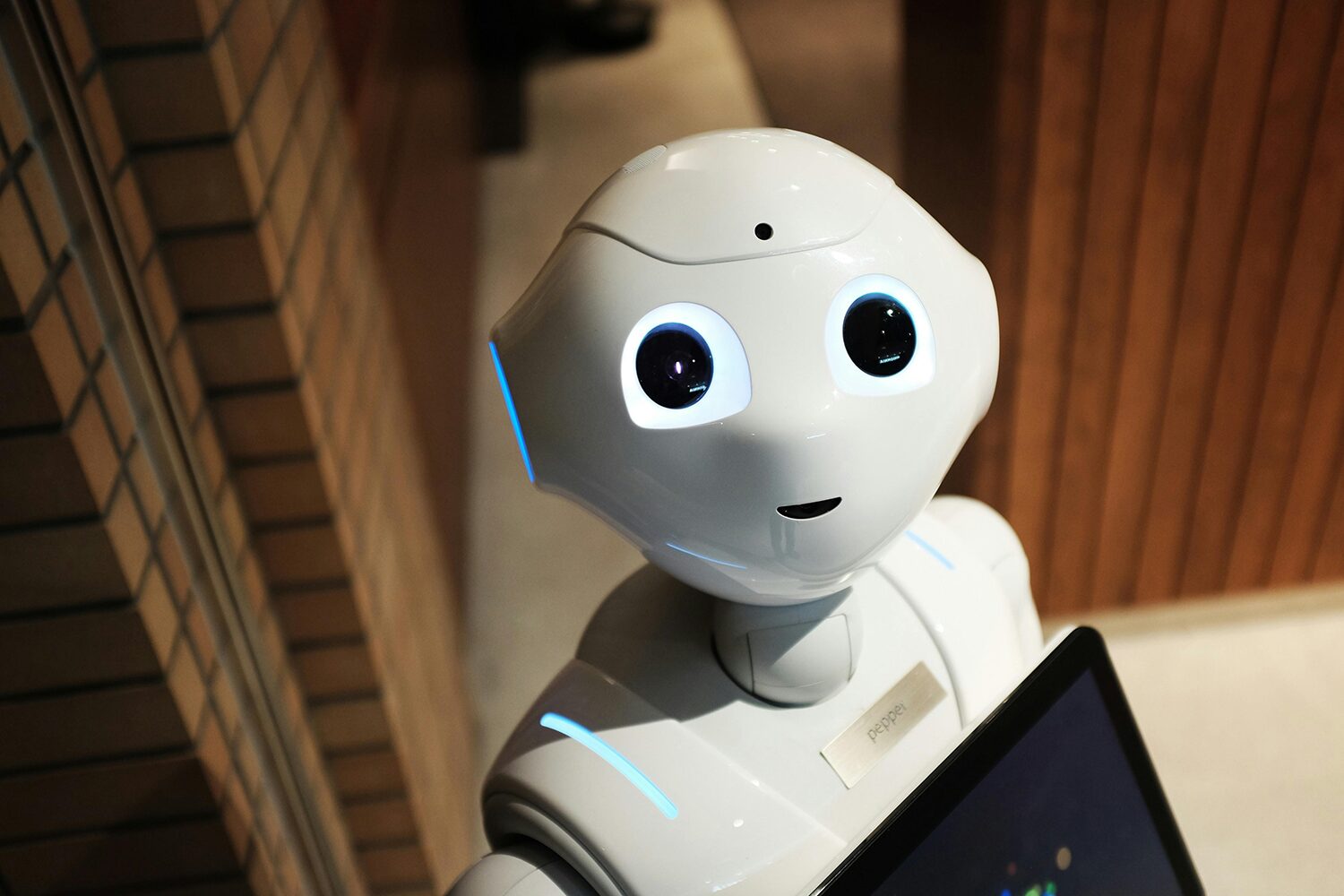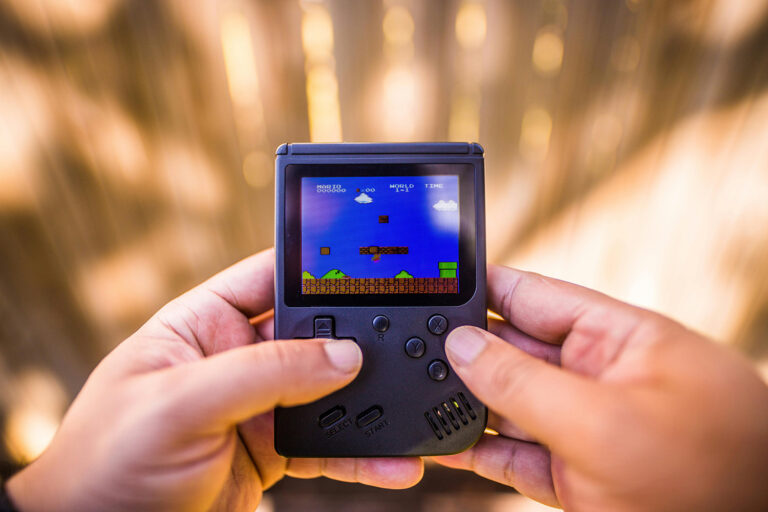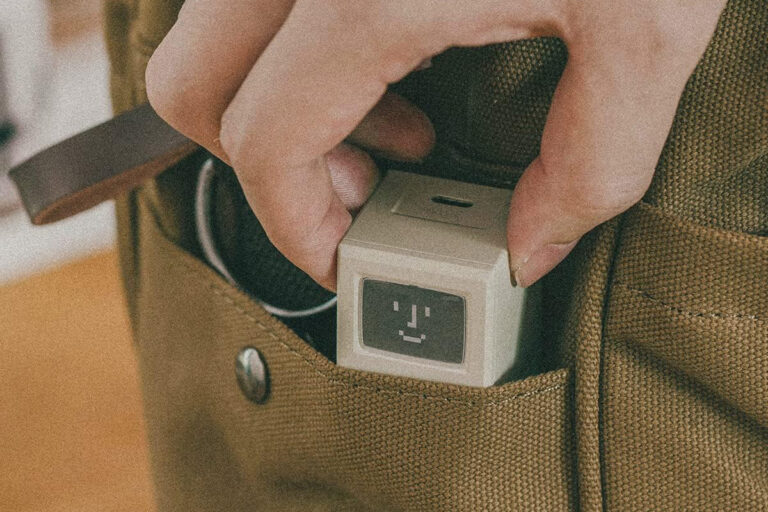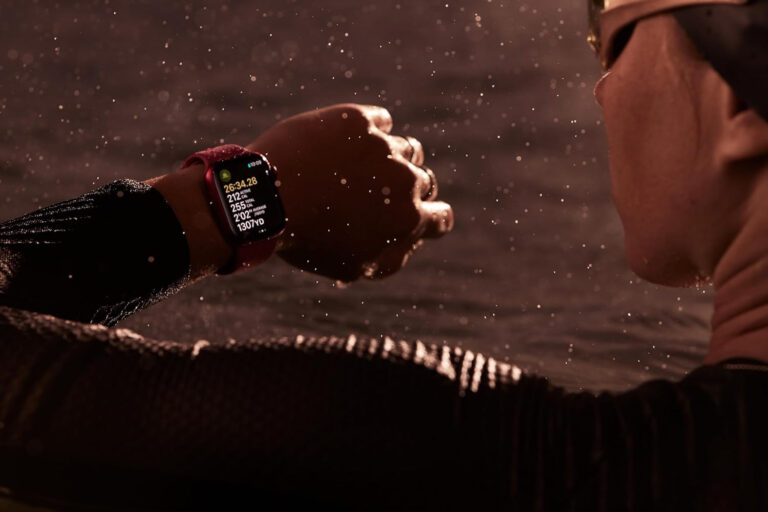Your new vacuum cleaner claims to have “AI.” So does your phone camera, your smart speaker, your smartwatch, perhaps even your toothbrush. But is all this technology really intelligent, or is “AI” just the buzzword of the moment?
In this article, we’ll break down what “AI” actually means in the context of consumer gadgets, explore where it’s genuinely useful, and help you spot when it’s mostly marketing fluff. If you’re shopping for tech online and feeling overwhelmed by claims of “smart” everything, this guide is for you.
Gadget Grab is supported by our awesome readers (that’s you). We may make commissions from links on our site.
What is “AI,” really? (The short, plain-English version)
Artificial Intelligence, or AI, refers to a computer’s ability to mimic human-like tasks such as recognizing speech, making predictions, or adapting to user behavior. But in the consumer tech world, “AI” usually doesn’t mean a robot with a brain. Instead, it often refers to narrow AI or machine learning algorithms that perform specific functions.
For example, your phone might use AI to suggest the next word while you’re typing or to adjust your photos automatically based on lighting conditions. These aren’t signs of consciousness; they’re signs of good programming.
Key terms to know:
- AI (Artificial Intelligence): Broad term for machines that simulate human intelligence.
- Machine Learning: A type of AI that “learns” patterns from data to improve over time.
- Algorithms: Pre-set rules or calculations that devices use to make decisions.
Where you’ll see ‘AI’ in everyday gadgets
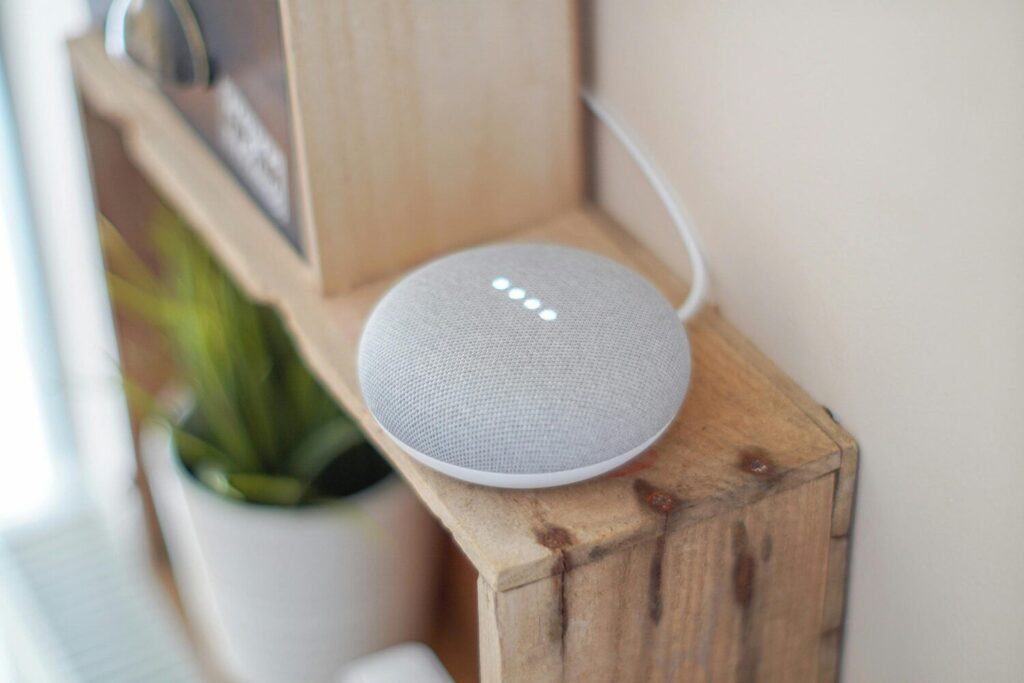
Smartphones
Modern smartphones are packed with AI features:
- Camera enhancements: AI identifies scenes (e.g., food, portraits) and auto-adjusts settings.
- Voice assistants: Siri, Google Assistant, and Alexa use AI to understand natural speech.
- Battery optimization: AI learns your usage patterns to reduce background activity.
Much of this is useful, though often invisible. The real win is convenience.
Smart home devices
- Thermostats: Devices like the Nest thermostat “learn” your schedule and adjust temperature automatically.
- Robot vacuums: Use sensors and AI mapping to navigate and clean more efficiently over time.
Are these truly smart? Yes, but they’re not thinking for themselves. They’re responding to patterns.
Laptops & PCs
- Webcam enhancements: AI improves lighting, background blur, or eye correction in video calls.
- AI productivity tools: Microsoft Copilot or Adobe Sensei automate tasks like writing, editing, or photo retouching.
Often, these features are powered by cloud-based AI rather than local processing.
Wearables & fitness tech
- Health tracking: Watches and fitness bands use AI to interpret sleep patterns, detect workouts, or monitor stress.
- Predictive suggestions: Your device might recommend a bedtime or a recovery period after exercise.
These are based on learned behavior and data patterns and are great examples of AI actually adding value.
TVs & streaming devices
- AI upscaling: Improves lower-resolution content by filling in detail with predictive algorithms.
- Content recommendations: Suggests what to watch based on viewing history and preferences.
Here, AI plays a role in enhancing user experience but is often confused with basic algorithmic suggestions.
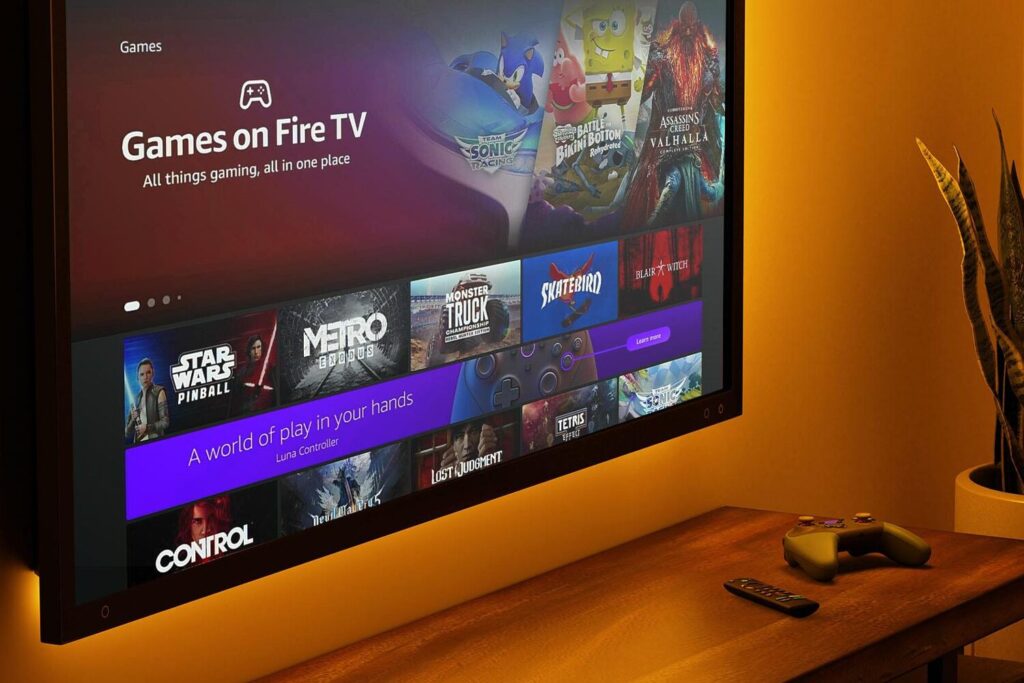
The marketing problem: When “AI” doesn’t mean much
Some manufacturers slap “AI” onto anything with a chip. A toothbrush that adjusts intensity based on pressure sensors might be called “AI-powered,” but it’s really just reacting to input, not learning or making decisions.
Common examples of overuse:
- Appliances with fixed routines labeled as AI-enabled
- Cameras that use basic face detection but call it AI
- Cheap earbuds promoting “AI noise cancellation” with no real machine learning involved
If everything is AI, then nothing is. The term has become diluted in some product categories.
How to tell real AI features from hype
When shopping, ask yourself:
- Does this feature improve over time? True AI should learn from your behavior.
- Is it making predictions or just reacting? Predictive behavior is a hallmark of AI.
- Is the company explaining the AI function clearly? Transparency often indicates legitimacy.
Look beyond the label. Focus on what the device does, not just what it claims.
Real/useful AI features:
- Google Pixel 9 Pro – Known for AI camera features and on-device machine learning.
- Nest Learning Thermostat – Learns your schedule and adapts heating/cooling.
- Shark AV2501S AI Ultra Robot Vacuum – Uses mapping and navigational AI.
- Samsung Neo QLED TV – Offers real-time AI upscaling.
- Apple Watch Series 10 – Uses machine learning for health insights and gesture control.
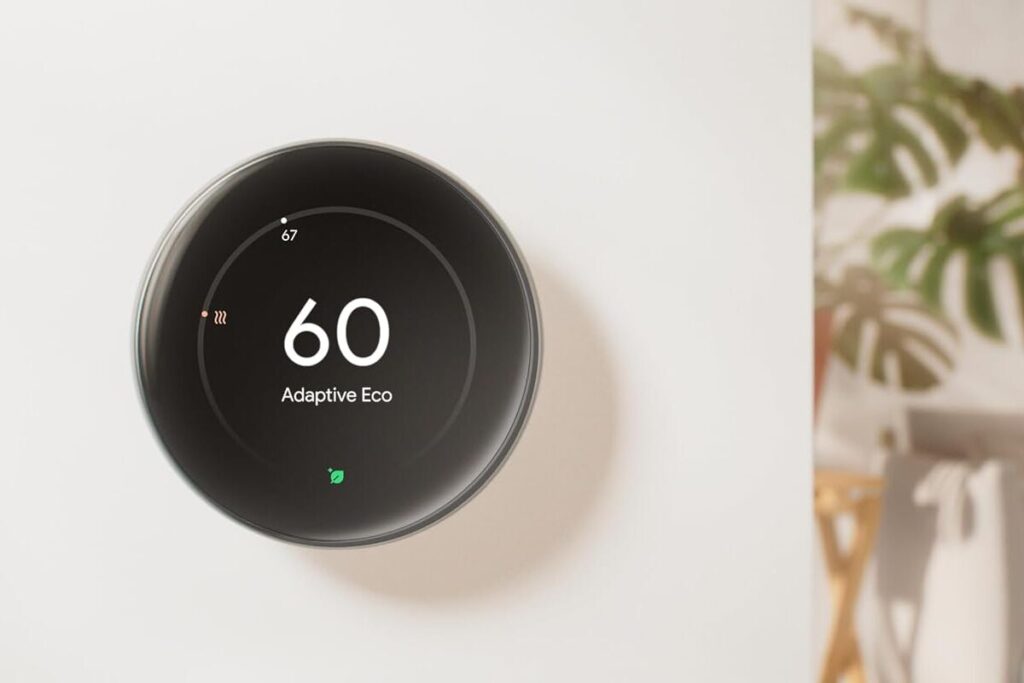
Questionable or overhyped AI marketing:
- “AI-powered” smart toothbrushes – Many adjust based on pressure sensors, but don’t truly learn over time.
- Basic security cameras labeled “AI detection” – Often rely on standard motion detection, not actual learning.
- Cheap wireless earbuds advertising “AI Noise Cancellation” – Often use fixed ANC presets, no machine learning.
Why it still matters (even if some of it is hype)
Even basic AI can enhance your experience by offering advantages like smarter battery use, clearer video calls, better recommendations. And the technology is improving quickly.
In accessibility, automation, and personalization, AI can be genuinely transformative. The trick is distinguishing between real innovation and buzzword inflation.
Takeaway: What to consider when shopping
- Don’t buy a product just because it says “AI.”
- Ask: Does this feature solve a real problem for me?
- Look at independent reviews to see if the “AI” feature actually works well.
- Prioritize function and performance over fancy labels.
Bottom line: AI in gadgets can be incredibly useful, but only when it’s doing something that genuinely makes your life easier. Don’t fall for the label. Focus on the results.
Further reading
- Best TV display types: LED, QLED, OLED, and Mini-LED explained
- What is high dynamic range (HDR)? A handy guide
- What is noise cancellation? A guide to the tech behind your headphones
- 5 Reasons why the Nintendo Switch Lite is still a great buy in 2025
- Nintendo Switch 2: Everything we know about the new console!
